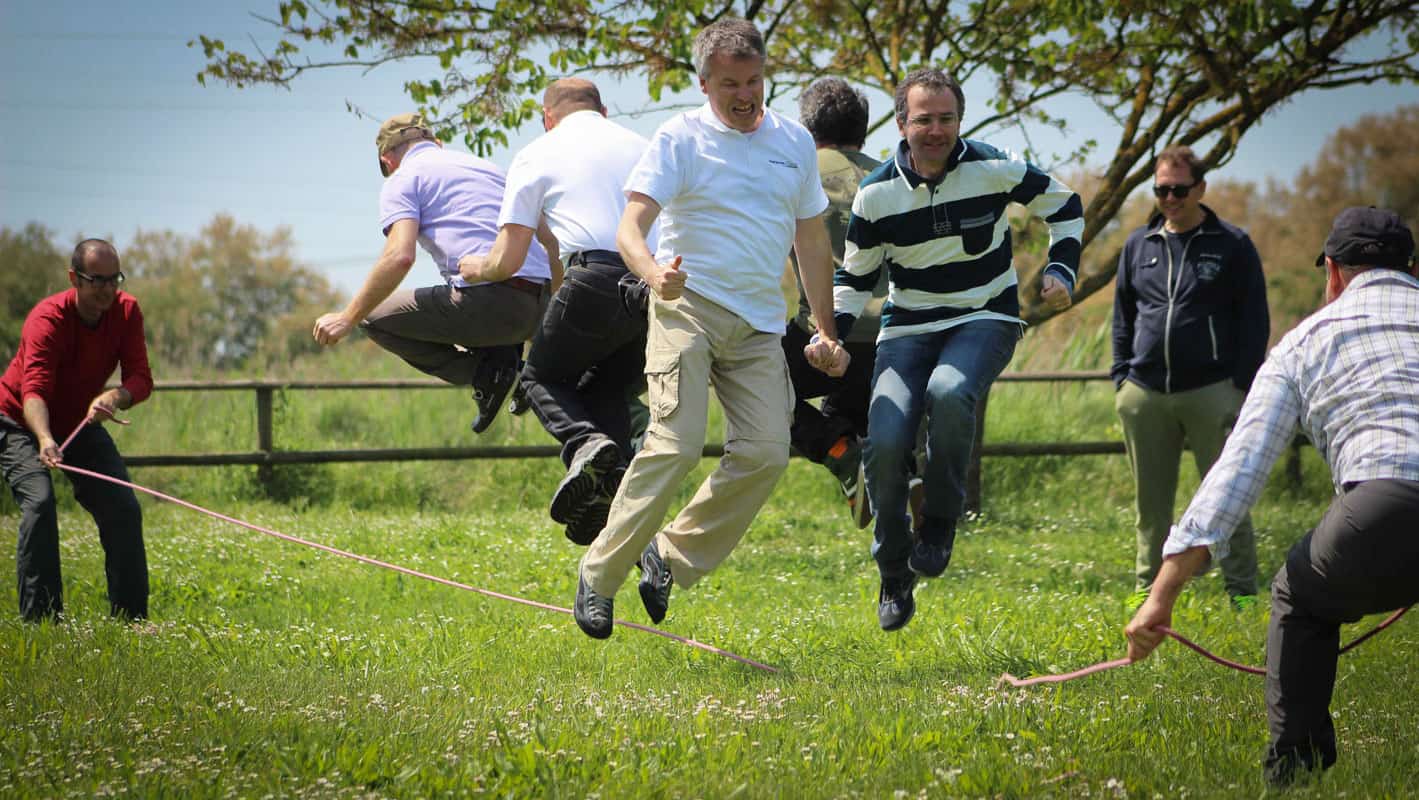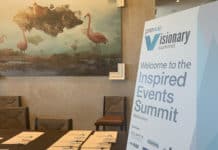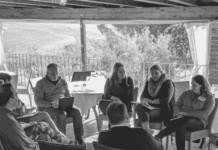
Adrian Segar, founder of Conferences That Work, designs and facilitates participant-driven events. He is author of Conferences That Work: Creating Events That People Love (2009) and The Power of Participation: Creating Conferences That Deliver Learning, Connection, Engagement, and Action (2015). In this Shakedown, we asked Adrian about his new book as well as the evolution of knowledge itself as both relate to improving meeting outcomes.
You’ve been a facilitator of and advocate for participation-driven meetings for more than two decades, and you just published a new book on the topic, The Power of Participation. How would you summarize the book’s key themes?
Our industry has defined successful events to be those with great logistics, while focusing relatively little on the deficits of core meeting formats—principally lectures—that we’ve used through habit for hundreds of years. My book explains why turning passive listening-to-lectures attendees into active participants is the most important way to improve meeting outcomes. I then go on to share a comprehensive set of surprisingly simple approaches that increase learning, engagement and desired outcomes at just about any event.
What did you learn in the course of writing this book that surprised you?
I have been developing and facilitating participation-rich conferences for 25 years, so I began writing The Power of Participation with extensive experience of a proven collection of techniques. I knew that these processes worked, but I didn’t have sufficient background to understand and express clearly why they are so successful. And I was surprised to realize that we’ve known most of the principles that govern participative meeting design for a long time—in some cases a hundred years or more. We just haven’t applied them much until now.
Traditional listen-to-the-expert-in-a-room professional education has been largely supplanted by technology networks and peer learning. Meeting professionals who don’t adapt to this reality will find over time that people won’t attend their meetings any more.
Why is attendee participation emerging as such a strong theme for the event industry?
We have moved into a world where important knowledge no longer resides primarily in our heads. Knowledge is now both a social construct—it lives in our human network—and technology-based. Professional information is now available just-in-time on the web rather than having to be memorized or communicated in a lecture room. As a result, traditional listen-to-the-expert-in-a-room professional education has been largely supplanted by technology networks and peer learning. Meeting professionals who don’t adapt to this reality will find over time that people won’t attend their meetings any more.
For most of human history, people learned primarily from instruction by an expert. Today, only about ten percent of the learning people need to know to do their jobs occurs in the classroom. The other ninety percent consists of self-instruction and, critically, learning from our peers. Consequently, people are now making decisions about attending meetings based on the event’s participative effectiveness. That is, how well the conference supports building peer networks, and how well its processes lead to addressing specific participant questions and needs that are often largely unknown by the organizers before the event.
What are the biggest obstacles that event organizers face when trying to focus events around attendee participation?
Probably the biggest is that stakeholders and some attendees are wary of changing the “safe” meeting model that has been used for so long. Also important are venue challenges. Participative meetings need a larger number of smaller meeting spaces than traditional meetings. And facilitating valuable connections takes more time than a “talk” and needs more time as meeting size increases. Further, there is a relatively small number of meeting planners, designers, and facilitators that are comfortable and knowledgeable about these new, yet time-tested, approaches.
Luckily, these obstacles can be overcome relatively easily. The best way for anyone to become a convert to the value of participative meetings is to attend one that is well designed. As more and more people experience the value they personally obtain from participative meetings, these types of events will become the new mainstream.










